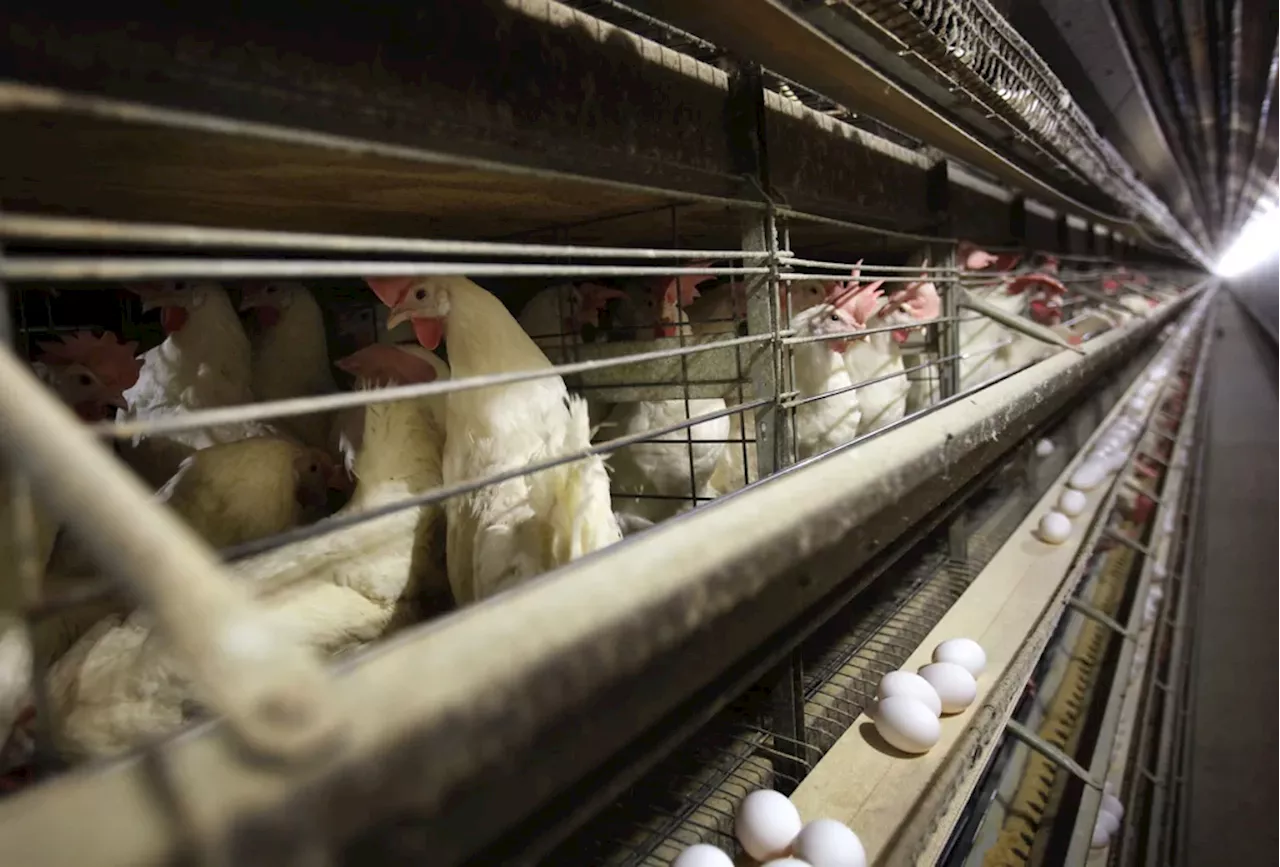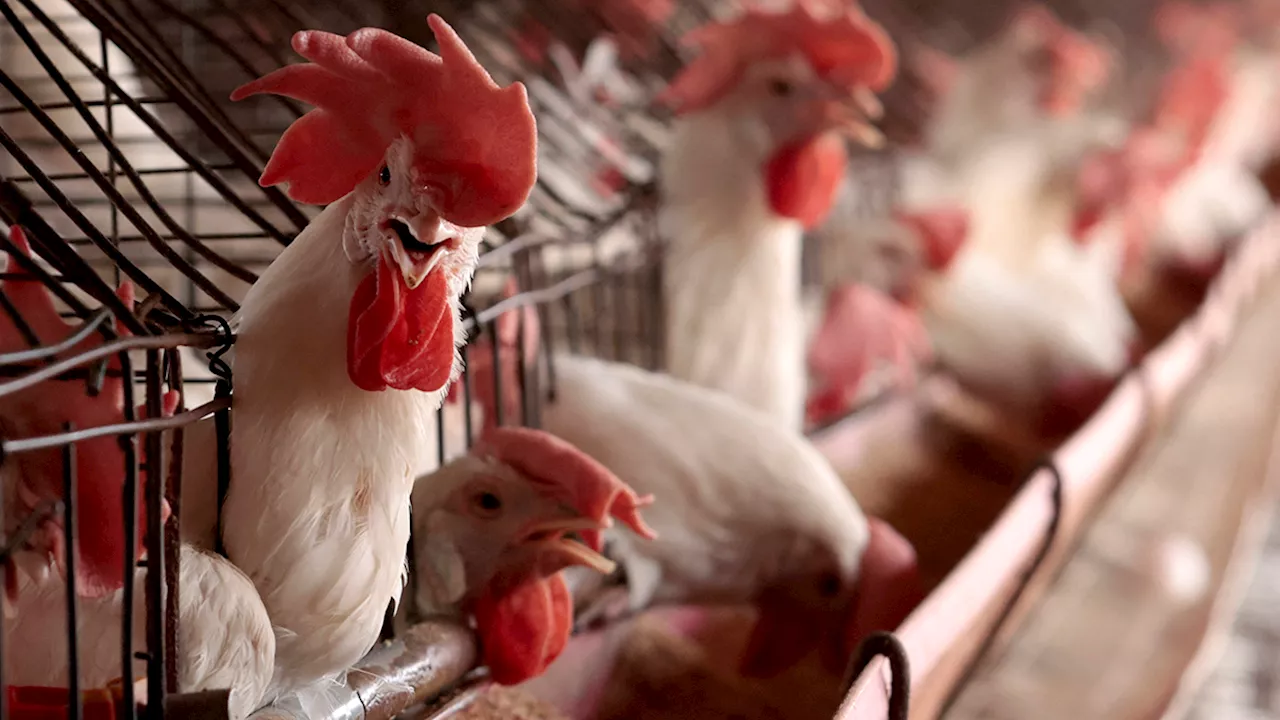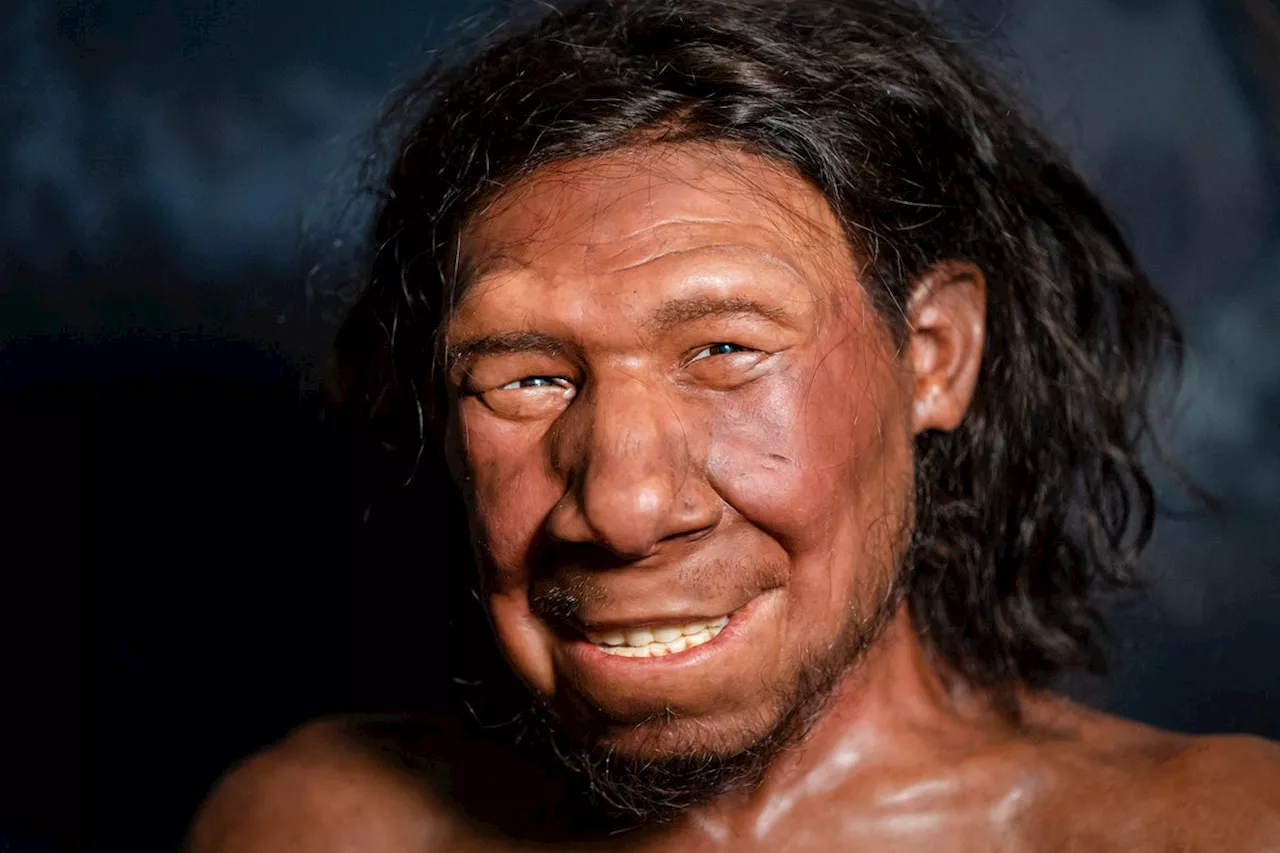Fossil and gene discoveries paint an ever-more-intertwined history of humans combining with vanished species like Neandertals
The reconstructed face of Krijn, the oldest Neanderthal found in the Netherlands, displayed at the National Museum of Antiquities in Leiden on September 6, 2021.The friendlier answers to those queries keep coming, seen in a spate of genetic findings and some recent fossil discoveries. They also underline how tough life was for our prehistoric ancestors. Despite.
Neandertals’ genes illuminate the extent of this intermingling. Rather than waging a war of extermination, modern humans and Neandertals co-existedDNA, a contribution that confused the family tree later. The demise of the Neandertals, who vanish from the fossil record after 40,000 years ago, instead appears more a matter of demographics. In, the paleoanthropological field largely agreed that Neandertals’ small population size led to their disappearance. A Science report this summer backs this up. For that study, Princeton University researchers looked atbetween humans and Neandertals over the last 200,000 years. They found 20 percent fewer Neandertals were running about than expected.
Our origin therefore does not appear to be a particularly tidy one, but a complex one that involved a lot of mating across time and space. We weren’t so much conquerors as wanderers, and potential in-laws, in our new neighborhoods. Something to consider the next time you hear someone going on about their family history, or how other people are unwanted outsiders.
This is an opinion and analysis article, and the views expressed by the author or authors are not necessarily those of
Philippines Latest News, Philippines Headlines
Similar News:You can also read news stories similar to this one that we have collected from other news sources.
 Scientists explore origins of horseback riding through human skeletonsAs anyone who's spent time in the saddle knows, riding a horse can be hard on your body. But can it change the way your skeleton looks?
Scientists explore origins of horseback riding through human skeletonsAs anyone who's spent time in the saddle knows, riding a horse can be hard on your body. But can it change the way your skeleton looks?
Read more »
 Scientists turn to human skeletons to explore origins of horseback ridingA new, wide-ranging exploration of human remains casts doubt on a long-standing theory in archaeology known as the Kurgan hypothesis -- which, among other claims, suggests that humans first domesticated horses as early as the fourth millennium B.C.
Scientists turn to human skeletons to explore origins of horseback ridingA new, wide-ranging exploration of human remains casts doubt on a long-standing theory in archaeology known as the Kurgan hypothesis -- which, among other claims, suggests that humans first domesticated horses as early as the fourth millennium B.C.
Read more »
 Human-to-human spread of bird flu in Missouri: What to knowPolitical News and Conservative Analysis About Congress, the President, and the Federal Government
Human-to-human spread of bird flu in Missouri: What to knowPolitical News and Conservative Analysis About Congress, the President, and the Federal Government
Read more »
 Bird Flu Patient's Hospital Exposure Raises Concerns Over Human-to-Human TransmissionAfter a hospitalized patient tested positive for the bird flu virus (H5N1), 112 healthcare workers were potentially exposed. Six workers developed respiratory symptoms, raising concerns about human-to-human transmission. Antibody blood tests are expected later this month to determine if the virus spread between people.
Bird Flu Patient's Hospital Exposure Raises Concerns Over Human-to-Human TransmissionAfter a hospitalized patient tested positive for the bird flu virus (H5N1), 112 healthcare workers were potentially exposed. Six workers developed respiratory symptoms, raising concerns about human-to-human transmission. Antibody blood tests are expected later this month to determine if the virus spread between people.
Read more »
 Human trafficking suspect known to frequent Cleveland: Human Trafficking Task ForceThe Northeast Ohio Human Trafficking Task Force is asking the public for help in locating a suspect facing 17 felonies.
Human trafficking suspect known to frequent Cleveland: Human Trafficking Task ForceThe Northeast Ohio Human Trafficking Task Force is asking the public for help in locating a suspect facing 17 felonies.
Read more »
 Bird Flu Antibody Tests To Reveal Potential Human-to-Human TransmissionThe Centers for Disease Control and Prevention (CDC) is awaiting antibody blood test results later this month to determine if there has been human-to-human transmission of the bird flu. Six healthcare workers developed respiratory symptoms after interacting with a patient who tested positive for both influenza and the H5 avian influenza virus.
Bird Flu Antibody Tests To Reveal Potential Human-to-Human TransmissionThe Centers for Disease Control and Prevention (CDC) is awaiting antibody blood test results later this month to determine if there has been human-to-human transmission of the bird flu. Six healthcare workers developed respiratory symptoms after interacting with a patient who tested positive for both influenza and the H5 avian influenza virus.
Read more »
